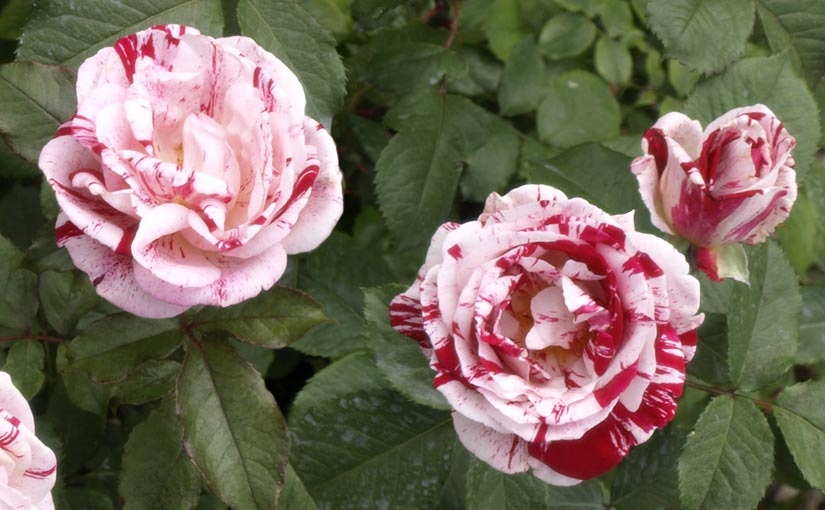What is it about the sense of smell that so strongly evokes distant times and places? Of all the senses, smell seems most closely tied to memory.
Is it because it’s rooted in our hind brains? Is it connected to our animal past, hooked directly to the amygdala? Is it a primitive leftover meant to warn us of danger or draw us to food long before we can see either?
I don’t know. But I know it’s powerful. I know that when I think of a time or place, it’s the scent that seems most real.
If I think of Classic Star Trek, I smell again the peculiar aroma of the TV room in the basement of Holmes Hall. A mix of aging vinyl seats, sweat, musty basement and faint chemicals. Nasty, but nostalgic.
When I think of the mall, I smell Cinnabons. When I think of movies, I smell popcorn. When I think of elementary school I smell crayons and chalk dust.
Is it just me? Is it a side-effect of defective eyes and ears? Or is it everyone?
Does the smell of a certain perfume make you look up, impossibly expecting your mother to walk into the room? Does the smell of cooking hotdogs bring you back to hot summer afternoons? Will woodsmoke forever make you relive being 10 years old, on your first camping trip?
So many scents. So many memories. So much being catapulted through years, through versions of myself, through places now long gone. I am pulled by the nose down paths dear and dreadful, through scenes I cherish, and scenes I would pay to forget.
Of all the senses, smell seems to be the closest. Under the skin close. Up against the nerves close.
What is it about the sense of smell, anyway?
Picture Attribution: Photograph of Roses taken on June 18, 2009 at the MSU Horticulture Gardens in East Lansing, Michigan, by Laura Drane.

Here is an article about that very thing.
http://tinyurl.com/zdwwktd
A short quote from that article.
“The answer is likely due to brain anatomy. Incoming smells are first processed by the olfactory bulb, which starts inside the nose and runs along the bottom of the brain. The olfactory bulb has direct connections to two brain areas that are strongly implicated in emotion and memory: the amygdala and hippocampus. Interestingly, visual, auditory (sound), and tactile (touch) information do not pass through these brain areas. This may be why olfaction, more than any other sense, is so successful at triggering emotions and memories.”
Thanks Darryl, I appreciate the time you took to find that article. That’s really interesting, and would explain a lot.
But, umm… I was thinking more in a sort of “Isn’t it cool?” sense than a “what are the mechanics” one. 😀
It is very cool and fascinated me a while back. Another techie person pointed out the facts in the article. Tech-heads do take thing literally way too often.
I find as I grow older music and food is doing the same thing as smells, just not as quickly. As Jeff Smith, the Frugal Gourmet, said you eat your history. New foods are novelties and may become favorites but the food I ate as a youth are my comfort foods. While I hear and enjoy new music even from the artists of my youth the old tunes resonate emotionally much more deeply.